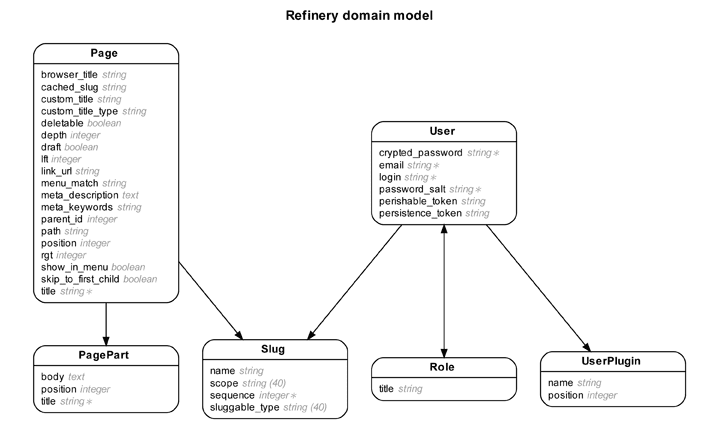
This seems, in general, to provide better results than deconvolution. I do like the additional detail for the most part. But look at the filaments on that dark dust? Why did it make that one set of dust very tendril like, yet leave the other areas mostly untouched? Strange. The tadpoles look fantastic, with increased sharpness and detail.

The enhanced nebulosity is quite nice, but what's happening with that dark dust? How did it pull out that detail? The first example here is the Heart Nebula (click to enlarge). I then stretched them fully in PixInsight, then combined, and ran another pass of Denoise after removing green. On the new images, I processed each channel separately, then used Topaz Denoise AI + sharpness while in grayscale. On both originals, I combined all three channels before maximizing the stretch and saturation. Understand that the before and after were processed very differently. Some of the detail that's been revealed in the newly processed images are astounding, and some of it is quite baffling.
Graphviz edge length software#
So I took the software to the task of reprocessing some of my images. Anyhow, on one of those images I saw a discussion spring up regarding some of the enhanced detail being "made up" by the AI. Why is the error or limitation in the flipping of those edges? Because the same graphs usually display correctly when using rankdir=TB.I picked up Topaz Denoise AI because I saw a few examples of astro images that seemed to present some truly amazing details. Usually edges are also flipped within clusters (as in clusterY), but there are cases where the flat edge flipping does not work as one would think.

While this works quite well for simple graphs, it seems that when clusters are involved, things are a little different. So, the graph is layed out TB, rotated counterclock wise and flat edges flipped: A D G G H I A B C
Graphviz edge length code#
In reality, they do appear like this: A B CĪt some point we decided that top-to-bottom should be the default,Įven if the graph is rotated, so there's code that flips the flat So if that would be correct, without clusters, the nodes should appear like this: G H I Subgraph one to be on top, list it second in the graph. Positioned to the left of subgraph two in the TB layout as you wouldĮxpect, and then ends up lower than it after rotation.

Layout counterclockwise by 90 degrees (and then, of course, handling But what happens when rankdir=LR is applied?ĭot handles rankdir=LR by a normal TB layout and then rotating the Therefore, without clusters and rankdir=LR, the graphs appears like this (no surprises): A D G Why is the order of appearance of nodes important? By default, in a top-down graph, first mentioned nodes will appear on the left of the following nodes unless edges and constraints result in a better layout. Gansner on the graphviz mailing list as well as the following answer of Stephen North - they ought to know, so I will cite some of it. I'll try to explain as good as I can and understand graphviz, but you may want to go ahead and read right away this reply of Emden R. Changing rankdir to LR contains unpredictable (or at least difficult to predict) behaviour, and/or probably still a bug or two ( search rankdir).The order of appearance of nodes in the graph is important.While this is not a complete answer, I think it can be found somewhere within the following two points: This is not really about minimizing edge lengths, especially since in the example the edges are defined with the attribute constraint=false.


 0 kommentar(er)
0 kommentar(er)
